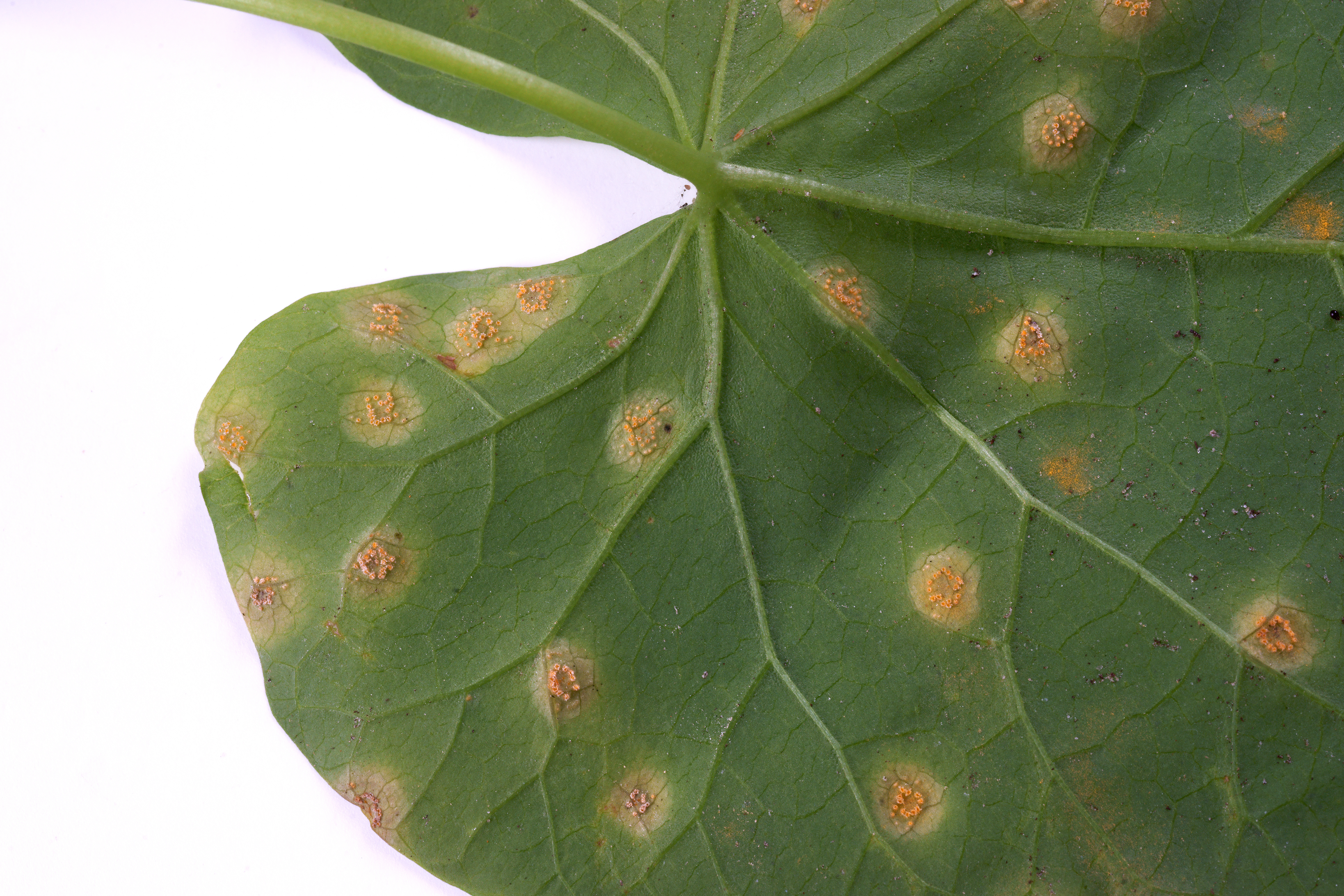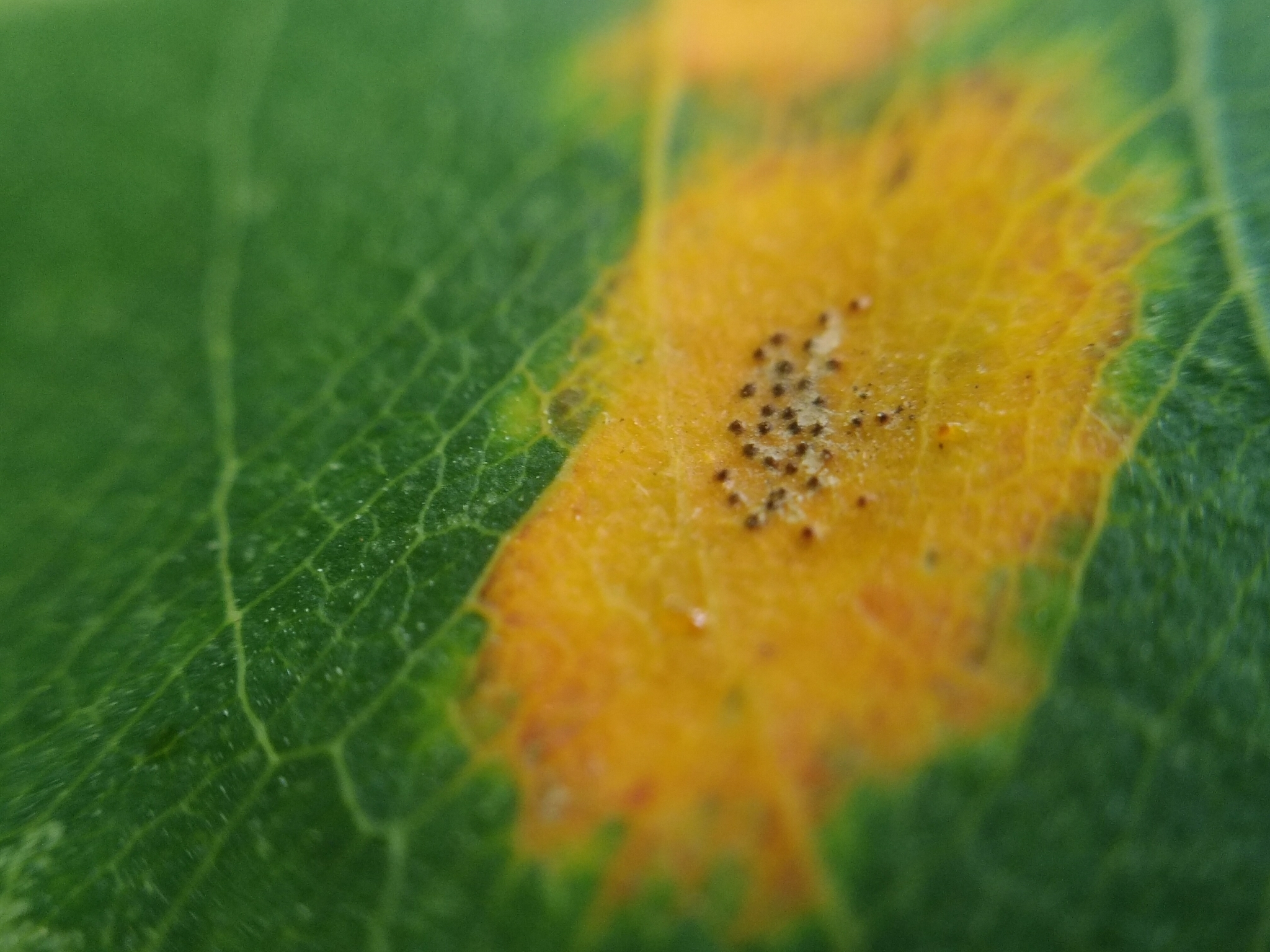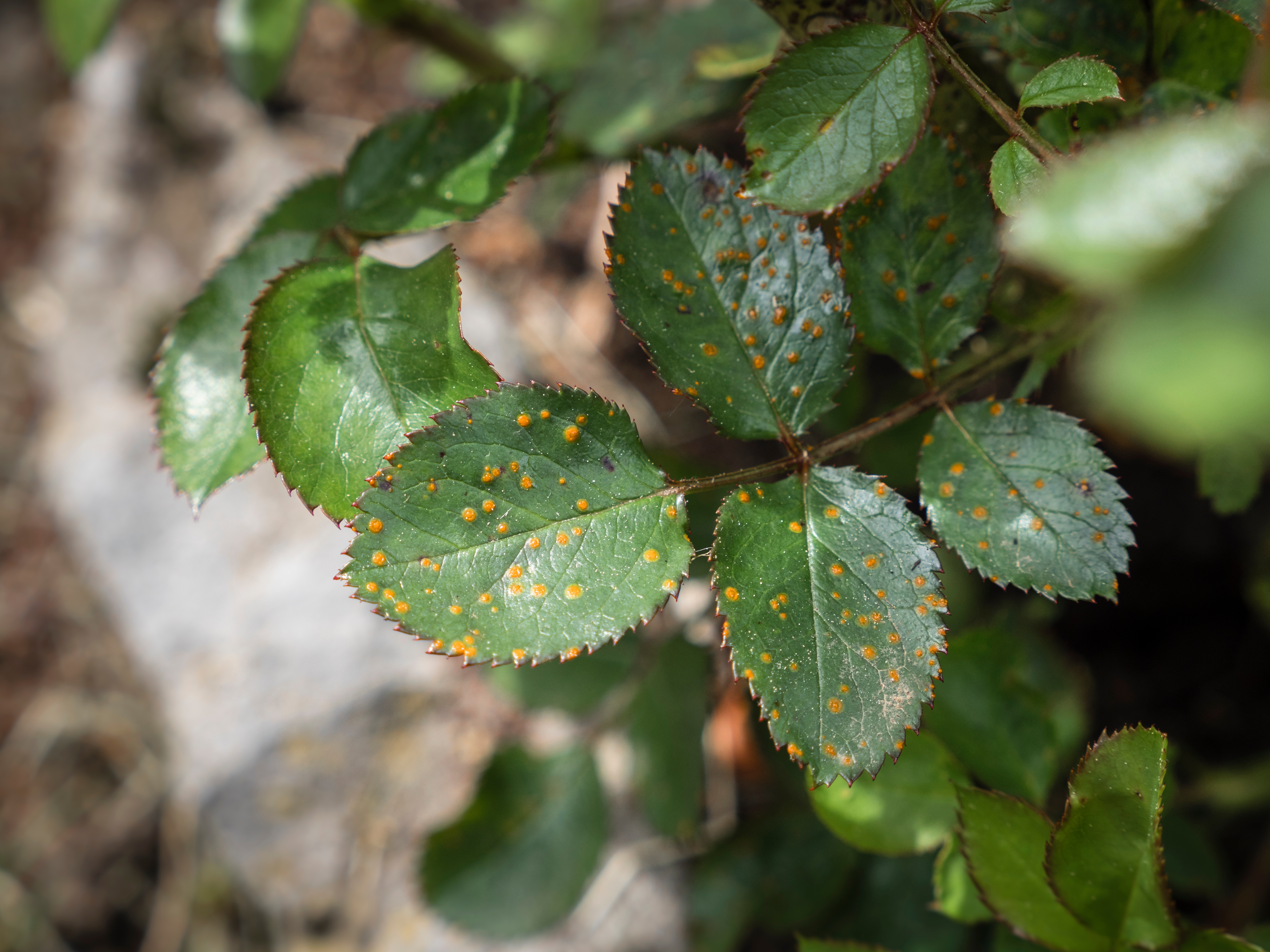What is fungal rust?
Fungal rust disease is one of the most common fungal diseases that affects plants. Rust can spread fast to other nearby plants, so you'll need to act fast and take precautions to prevent it from occurring in the future.
Symptoms
Orange-brown or yellow (rust-colored) pustules develop on the leaf surface - often on the underside. These pustules contain fungal spores. (Note: they can also be white in color)
The pustules may also spread to the plant’s stem
Yellowing leaves
Premature leaf drop

What to do now
Carefully remove all damaged parts and leaves and dispose of them properly. Remember that the spores can still be spread easily, so it’s important to fully destroy any removed material. Don’t compost it or leave it lying around near your plants
Thoroughly clean around the infected plant to ensure that no spores are left behind
Make sure that your plants aren't placed too close together to help stop it spreading
Avoid misting and splashing water on the leaves for a while, as this could also spread any leftover spores
Spraying the plant with a beneficial fungus can, in some cases, slow down the spread, but it's best used as a preventative on your plants.
As a last resort, you might consider using fungicides. These can be quite harsh on your plants and the environment, so shouldn’t really be used unless it’s strictly necessary
Alternatively, you can try using Neem oil

Common questions
What is fungal rust?
Fungal rust actually refers to a large group of fungi that can affect plants - there are currently over 5,000 known types. As with most types of fungi, rust usually thrives in mild and moist conditions - with warm temperatures and low light intensity, where leaf surfaces stay wet for a prolonged period of time.
Is it easy to treat?
Unfortunately, there's no easy way to treat rust, especially as you may not notice symptoms until the infection has become quite severe. In these cases, it may do more harm than good to try and treat it. For example, if the majority of a plant’s leaves are affected, then removing all of these leaves will make it difficult for the plant to survive afterwards. If that's the case, you may want to consider throwing the plant away to stop the spread and make sure your other plants won't get infected.
Does it spread easily?
Once an infection occurs, it can spread easily from plant to plant, as the spores are carried by the wind or are passed to healthy plants during watering. Rust can sometimes kill plants - but, in most cases, it will reduce your plant's overall health, which can leave it more vulnerable to other problems.
How to prevent in the future?
Fungal rust disease is definitely one of those ‘prevention is key’ plant issues. Spacing your plants apart and ensuring that they have good air circulation will help to discourage the fungus from setting in. Similarly, make sure to avoid overwatering. Not only will this weaken your plant and cause issues such as root rot, excess water creates an ideal environment for fungus.
Ensure that your plant pots have good drainage, and check the airflow and temperature where you keep them. Stagnant air and cold temperatures could mean that water is not evaporating off of the leaves as it should.
If you're growing outdoor plants that are more prone to rust infection, try to choose cultivars that are more resistant against fungi.
Finally, keep an eye on your plants - check them every now and then for any symptoms or any decline in overall health. If you catch the signs early, it'll be much easier to treat.
